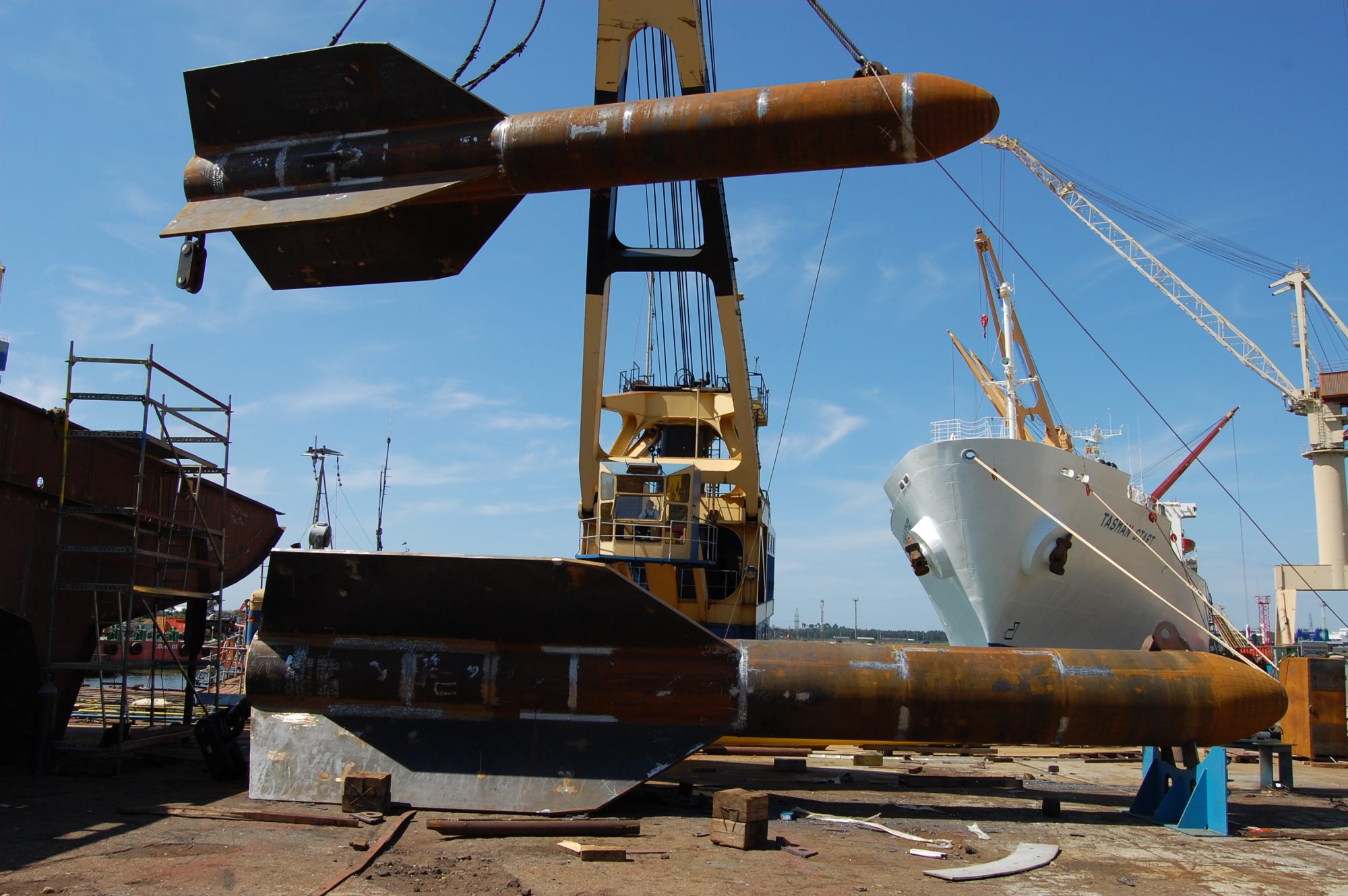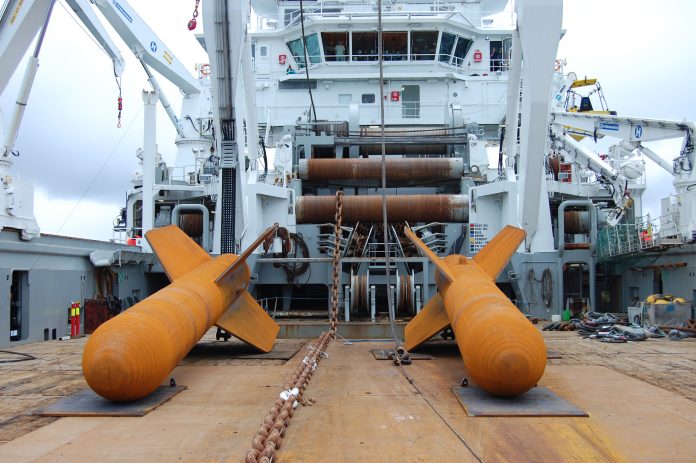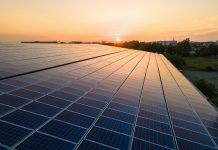Jon Tore Lieng, Managing Director of Deep Sea Anchors AS, guides us through the topic of dynamically installed anchors for offshore floating wind farms
Wind as an energy source has been used for hundreds of years, captured in sails to drive boats across oceans and caught in the blades of windmills, grinding grain for flour. Wind turbines are the next step in our use of the wind as an energy source, with the potential to gather energy from the wind and convert it into electrical energy for us to use in our homes and industries.
While space for wind turbines on land can be quite limited, offshore wind turbine farms have the potential to provide substantial amounts of power without competing for valuable land space. Therefore, considerable efforts are being made worldwide to develop offshore wind energy, both in shallow and deep waters, where bottom-fixed solutions currently dominate.

Offshore wind energy and anchoring systems
Research into offshore wind energy is still often limited by the need to have the turbine fixed in place on the sea floor. This can make their construction very difficult, especially in deeper waters. To mitigate this difficulty, researchers have begun developing floating wind farms, the first of which was Hywind Scotland, which opened in late 2017.
But if these floating farms are proven to work, why has there not been a greater uptake around the world? Part of the answer is that the anchoring systems for these turbines are costly to develop, manufacture, and install. This significantly increases the cost of floating wind farms compared to fixed-bottom turbines.
Various designs for anchors for floating wind farms are available. These include drag embedment anchors, where the anchor is dragged across the seabed until it reaches its designed holding capacity. These are typically used with temporary structures, such as drill rigs, but can also be applied to long-term floating structures, like floating wind turbines.
Another design is a suction anchor, where a cylinder, closed at the top end, is lowered into the seabed and penetrated by pumping out the water inside the cylinder, causing the outside water pressure to press the anchor into the seabed.
Alternatively, a driven pile can be used, which involves installing a steel pipe that is driven into the seabed to serve as an anchoring point. Whilst suction and driven pile anchors are undoubtedly strong, their installation is not only complex and time-consuming but also costly regarding the necessary equipment.
The DPA (Deep Penetrating Anchor) and more
To reduce the cost of these anchoring systems, Dr Jon Tore Lieng from Deep Sea Anchors in Trondheim, Norway, has been working to develop a dynamically installed anchor for floating wind turbines coined the DPA (Deep Penetrating Anchor). He aims to reduce the complexity and cost of installing anchoring systems for floating wind farms, thus opening up a great deal more potential locations for offshore wind farms.
Dynamically installed anchors (DIAs) embed themselves into the seabed via gravitational forces, making their installation much easier to accomplish than other anchor designs, especially in deep waters. The DPA, which is similar in shape to a dart, is approximately 13-15 metres long and weighs 75 tonnes or more, depending on the design load requirements.
During installation, the anchor is positioned at a certain height above the seabed, which is determined by the size of the anchor. In most cases, the installation height is approximately six times the length of the anchor (typically 70-80 meters), which allows the anchor to reach a speed of roughly 100 km/h. This size, shape, and mass ensure that when the DPA is released, it builds up enough kinetic energy to bury itself securely deep into the seabed. The anchor typically penetrates 25 to 30 meters into clay sediments to secure floating wind installations with loads exceeding 1,000 tonnes.
To ensure that these anchors are installed as designed, a monitoring unit is installed on the side of the anchor. This unit is designed to be recoverable and provides the team on the surface with information about how the anchor descended through the water column, recording verticality and whether it has reached the minimum penetration depth.
Interestingly, the condition of the seabed, i.e., soft or stiff clay sediments, does not affect the anchor holding capacity much. Dr Lieng tested his design in two regions with differing seabed soil shear strength and found that the anchor holding capacity was very similar for both regions for the same anchor geometry and mass.
One of the most significant benefits of this anchor design is the installation’s simplicity. This means that the requirement for large construction vessels is reduced, as standard anchor handling tugs equipped with ARFs (Anchor Recovery Frames) will be able to install DPAs with relative ease.
Deepsea Anchors
They are also less sensitive to weather conditions than suction anchors, allowing for greater flexibility in installation times. DSA’s anchor technology has been ISO certified and is also qualified by Equinor, as well as approved by Det Norske Veritas®.
For a description of the installation process, refer to Transportation & Installation – Deepsea Anchors.











